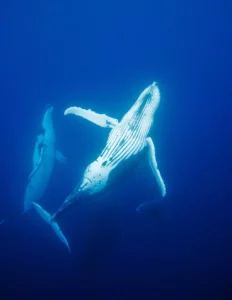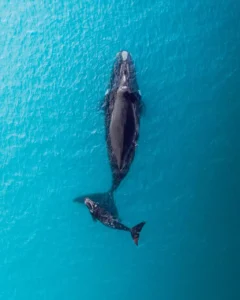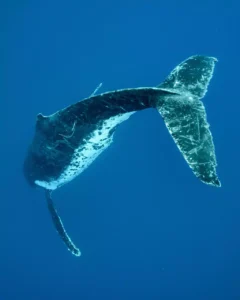Humpback whales are one of the most majestic creatures of the ocean. Their sheer size, coupled with their graceful movements and haunting songs, have made them a subject of fascination for many. In this article, we'll dive deep into the world of humpback whales and uncover some truly fascinating facts about these gentle giants.
Key Takeaways:
- Humpback whales are known for their mesmerizing songs.
- They undertake one of the longest migrations of any mammal.
- Humpbacks have a unique way of feeding called "bubble net feeding".
- These whales play a crucial role in marine ecosystems.
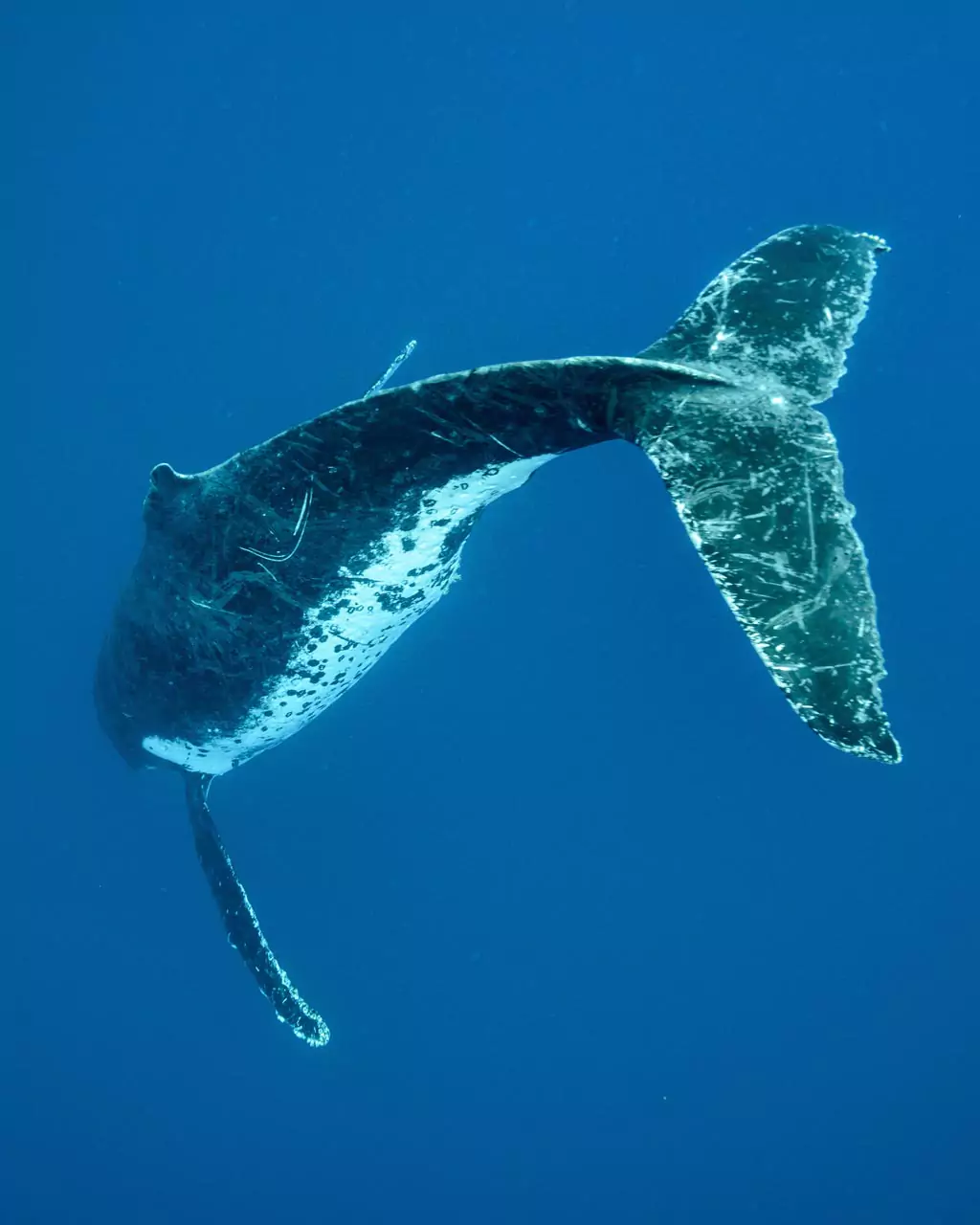
1. The Mesmerizing Songs of Humpbacks
Humpback whales are renowned for their songs. These complex sequences of moans, howls, and cries can last for hours and are believed to serve multiple purposes. Some theories suggest that males sing to attract females, while others believe the songs are a form of communication or even echolocation.
2. A Remarkable Migration
Every year, humpback whales undertake one of the longest migrations of any mammal. They travel thousands of miles from their feeding grounds in polar regions to warmer waters where they breed and give birth. This incredible journey is a testament to their endurance and navigational skills.
[https://www.example.com/humpback_migration]
3. Unique Feeding Technique: Bubble Net Feeding
Humpbacks have developed a unique feeding technique known as bubble net feeding. A group of whales will swim in a circle blowing bubbles below a school of prey. The bubbles form a net, trapping the fish, which the whales then scoop up with their massive mouths.
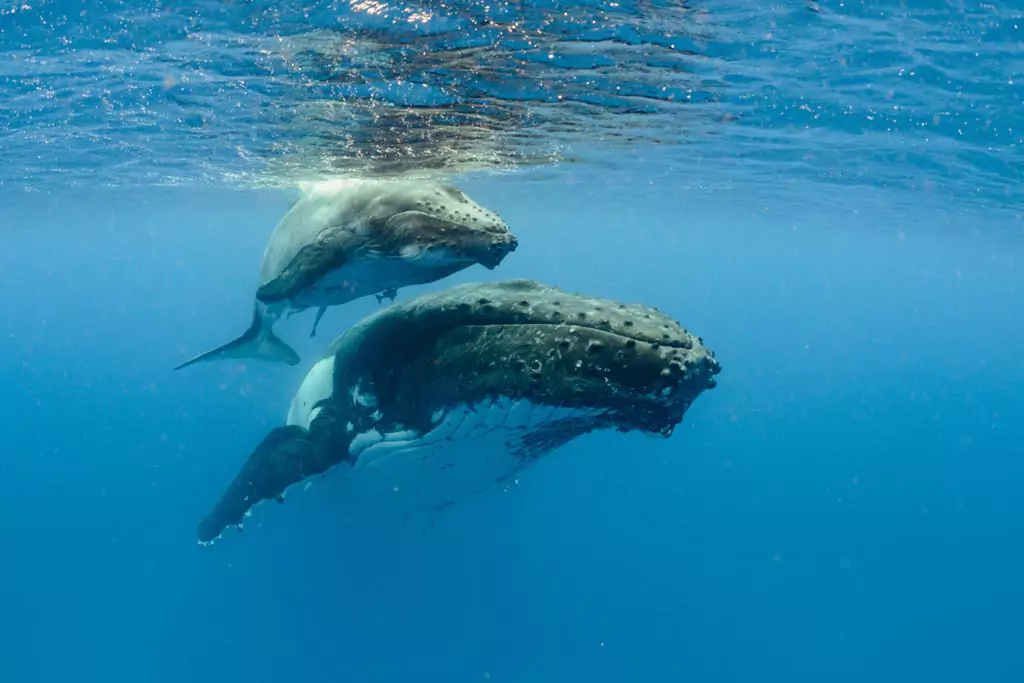
4. Distinctive Physical Features
Humpback whales are easily recognizable due to their large pectoral fins and the distinctive humps on their backs. Their flippers can be up to a third of their body length, making them the longest of any whale species. These long flippers provide them with great maneuverability in the water.
Humpback whales play a vital role in marine ecosystems. By consuming large quantities of krill and small fish, they help regulate the food chain. Additionally, their fecal plumes are rich in nutrients, which promote the growth of phytoplankton, the base of the marine food web.
6. Social Creatures with Complex Behaviors
Humpbacks are known to display a range of complex social behaviors. They often travel in pods and engage in activities like breaching, where they leap out of the water, and slapping the surface with their tails or flippers. These behaviors are believed to serve various purposes, from communication to removing parasites.
7. Threats and Conservation Efforts
Despite their size, humpback whales face several threats. From ship strikes and entanglement in fishing gear to the impacts of climate change on their food sources, these challenges have led to significant conservation efforts. Thankfully, due to these efforts, humpback populations are on the rise after being nearly hunted to extinction in the 20th century.
8. Lifespan and Reproduction
Humpback whales have a lifespan of up to 80 years. They reach sexual maturity around the age of 5 and can give birth to a calf every 2-3 years. The bond between a mother and her calf is strong, with the calf staying close to its mother for the first year of its life.
9. Cultural Significance
Throughout history, humpback whales have held a special place in the mythology and folklore of many cultures. From being revered as gods to being featured in art and literature, their impact on human culture is profound.
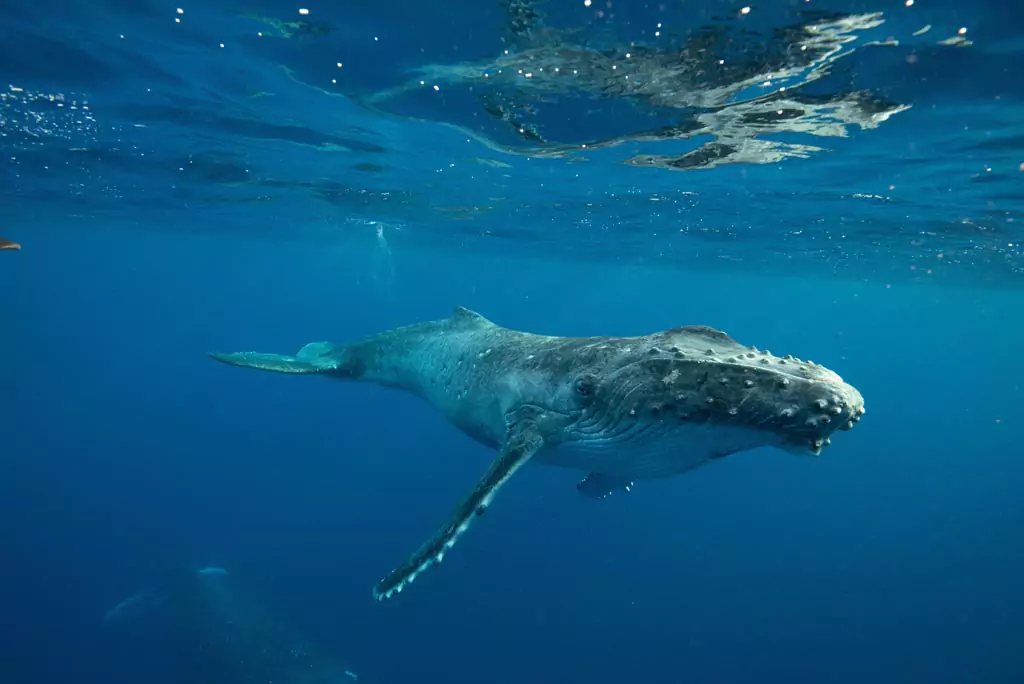
10. An Apex Predator with Few Natural Enemies
Despite their massive size, humpback whales have few natural enemies. Orcas, or killer whales, are the primary predators of humpback calves. However, the protective nature of humpback mothers and the close-knit structure of their pods often deter orcas from attacking.
Frequently Asked Questions (FAQs)
1. Why do humpback whales sing?
Humpback whales are renowned for their complex and haunting songs. While the exact reason remains a mystery, scientists believe these songs play a role in mating rituals and communication. Some even theorize that the songs might help in echolocation, assisting the whales in navigating their vast oceanic homes.
2. How do humpbacks communicate?
Apart from their songs, humpbacks use a variety of sounds and physical gestures to communicate. From powerful breaches that create massive splashes to tail slaps and flipper slaps, each action can convey different messages or emotions.
3. What do humpback whales eat?
Humpbacks primarily feed on krill and small fish. They employ a unique method called bubble net feeding where they release bubbles in a circular pattern to trap their prey, making it easier to consume in large quantities.
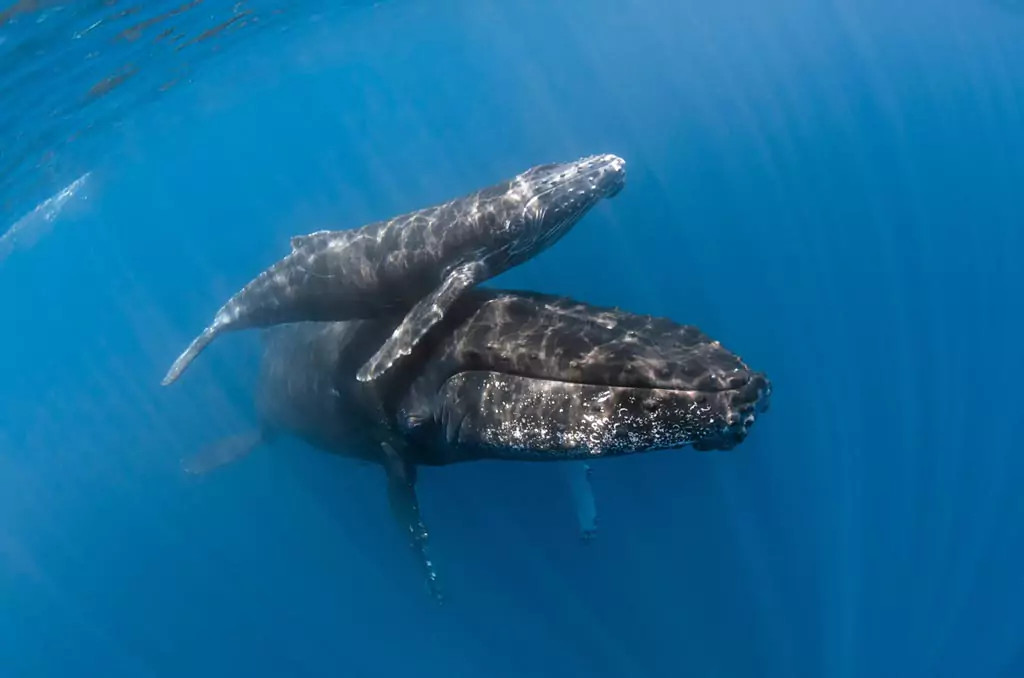
4. Are humpback whales endangered?
Historically, humpback whales were on the brink of extinction due to aggressive hunting. However, thanks to global conservation efforts, their numbers have been steadily increasing. They are now classified as "Least Concern" by the IUCN, though some regional populations still face threats.

